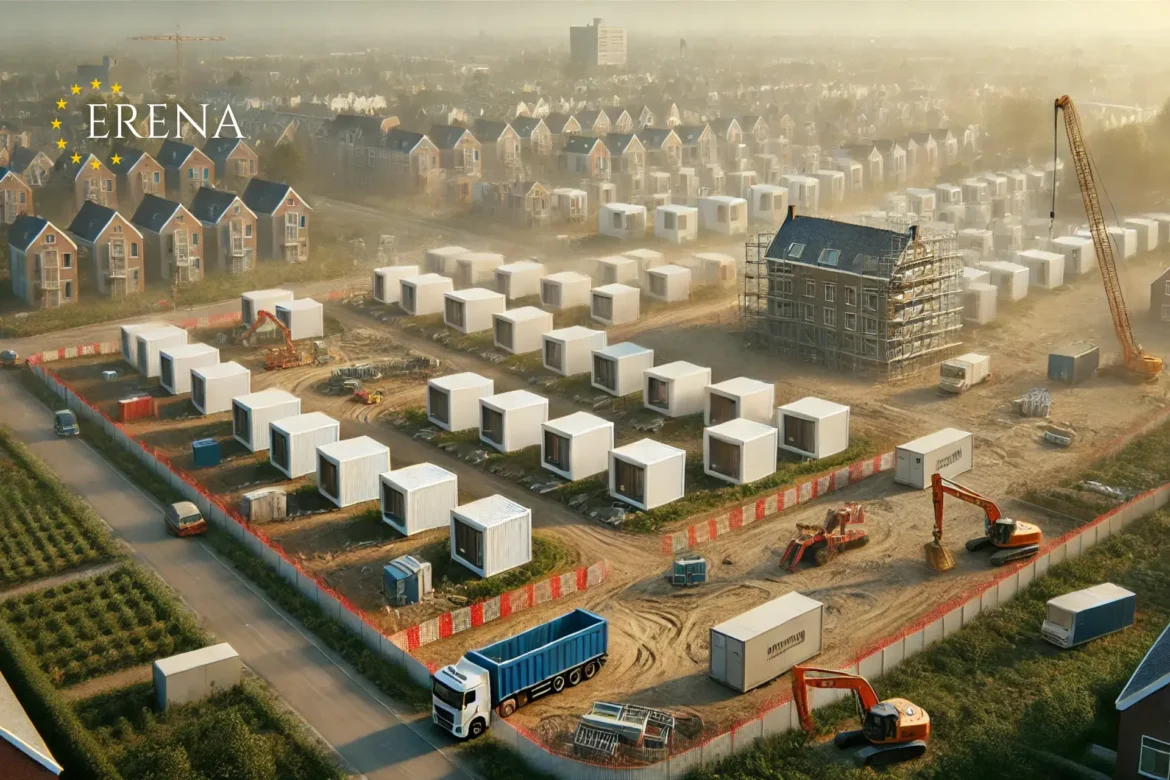The construction of 500 temporary homes in Apeldoorn has hit a roadblock due to administrative challenges between the project developer and the municipality. This delay affects urgent home seekers, including students, young professionals, and individuals facing sudden housing crises.
Project Overview
The developer, PUP Real Estate, plans to build three residential complexes, each up to five stories high, with a total of 500 temporary housing units. These homes will range in size from 20 to 65 square meters, with a maximum lifespan of 20 years.
To support residents, the plan includes an underground parking facility for 300 vehicles. Rental agreements will span between two and five years, offering flexibility to tenants in need of short-term accommodation.
Why the Delay?
The primary reason for the delay is a disagreement over permit approvals. The municipality of Apeldoorn claims that PUP Real Estate has not provided all necessary documentation. However, the developer insists that the approval process is being unnecessarily stalled by repeated bureaucratic requests.
This dispute has caused frustration, with PUP Real Estate expressing anger over the prolonged process, leading to uncertainty about the project’s timeline.
Projected Costs and Rental Prices
While exact costs for the Apeldoorn project are not publicly available, similar initiatives offer an estimate:
- Rabobank’s temporary housing project offers rental prices ranging from €753 to €1,000 per month, with larger units (such as those with gardens) reaching up to €1,250 per month.
- The average construction cost for new rental homes in the Netherlands in 2023 was €428 per cubic meter.
These figures provide insight into potential pricing for Apeldoorn’s temporary homes once completed.
The Bigger Picture: The Dutch Housing Crisis
The Netherlands faces a severe housing shortage, with efforts to speed up affordable home construction facing multiple obstacles:
✅ High construction costs
✅ Lengthy permit procedures
✅ Limited available land
✅ Community resistance to new developments
Temporary housing, such as modular units, has been proposed as a fast and flexible solution. However, even these initiatives struggle with red tape and logistical challenges.
Conclusion
The 500 temporary homes in Apeldoorn were meant to ease the local housing crisis, but administrative hurdles are delaying progress. This case highlights the urgent need for more efficient approval processes and better cooperation between developers and municipalities to tackle the housing shortage effectively.
What’s Next?
The developer remains committed to pushing the project forward, but without faster bureaucratic action, urgent home seekers in Apeldoorn may have to wait much longer than expected.
Stay updated on housing developments in the Netherlands – subscribe to our newsletter for the latest news!

